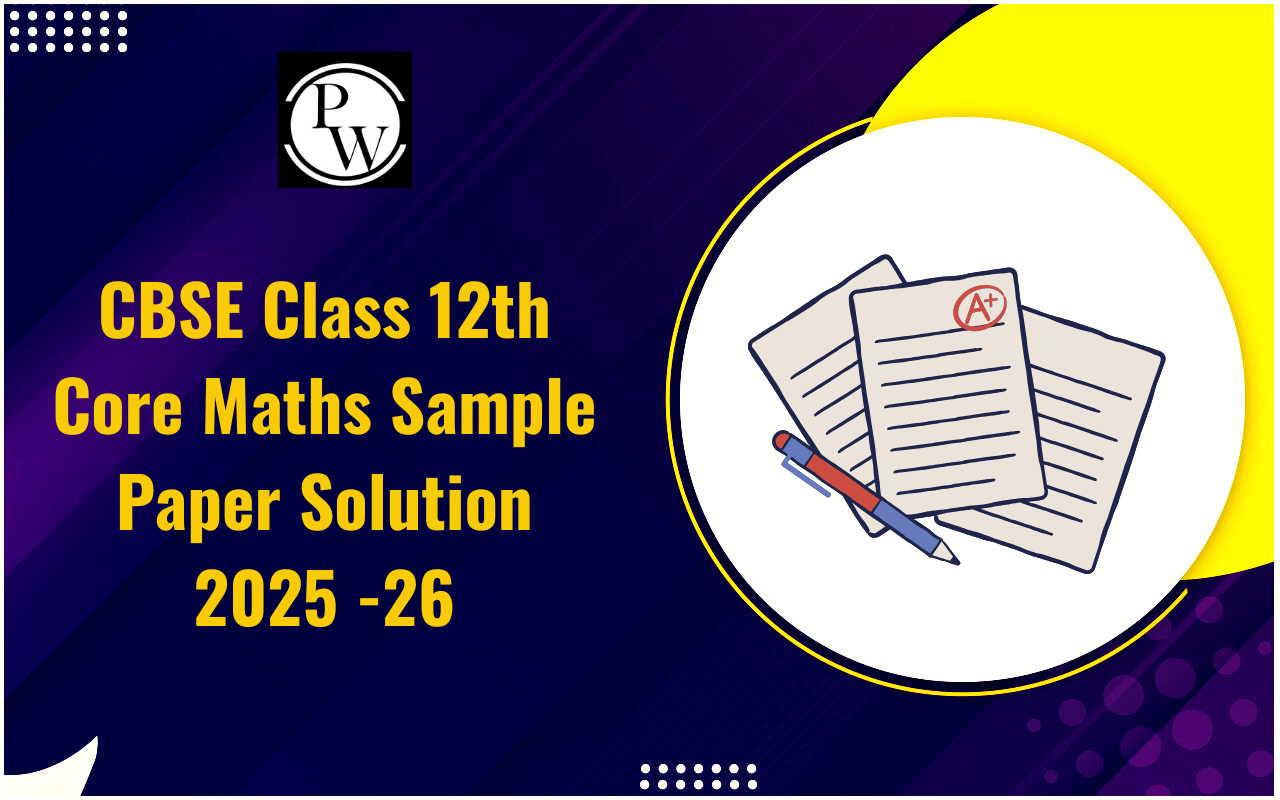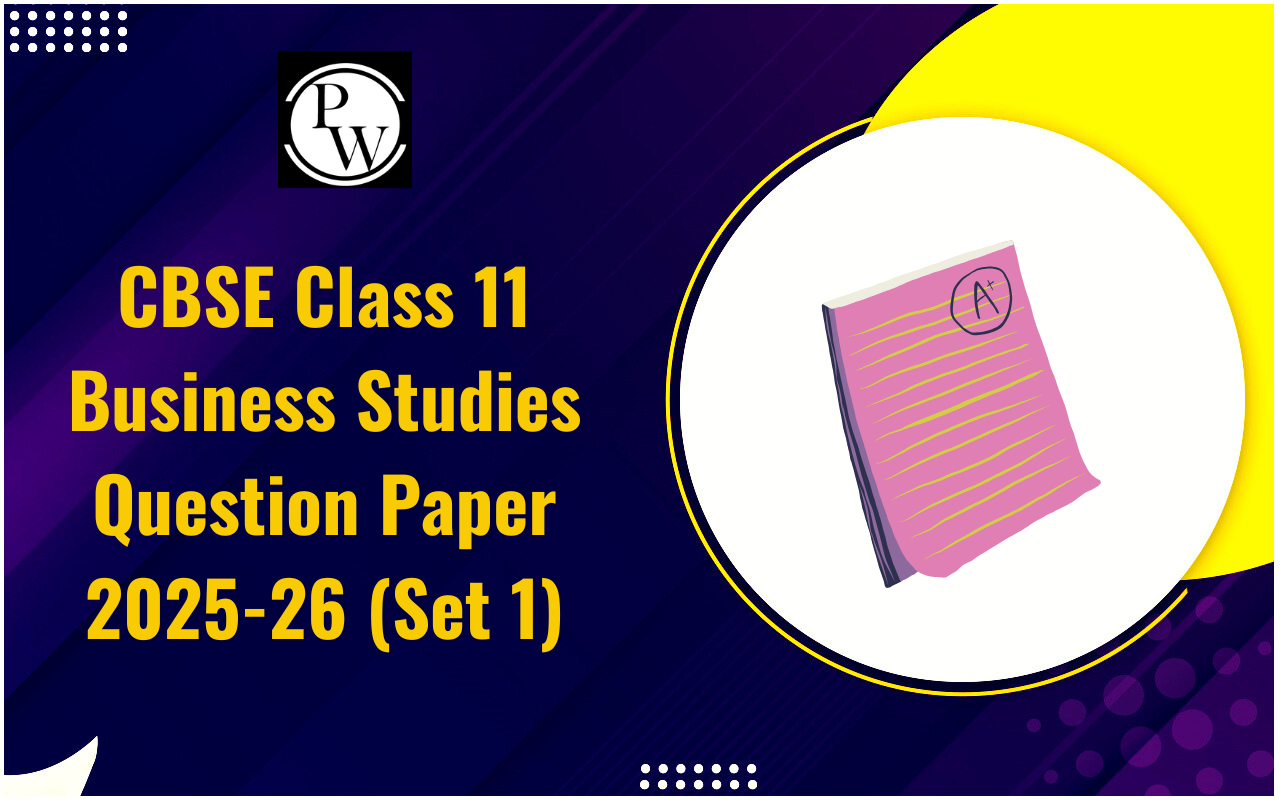

Functions of the central bank: A nation’s economic stability and growth largely depend on the efficient functioning of its financial system, and at the heart of this system lies the central bank. As the apex monetary authority, the central bank performs a myriad of functions that are integral to maintaining financial discipline and fostering economic prosperity. From issuing currency to implementing monetary policy, its responsibilities ensure stability in the banking sector and the broader economy. In this blog, we’ll learn the diverse functions of the central bank and underscore its critical role in shaping a nation’s financial landscape.
Functions of the Central Bank
It plays a pivotal role in a country's economic stability and development. As the apex financial institution, it is entrusted with several critical functions aimed at ensuring the smooth functioning of the financial system. Below, we delve into the primary functions of a central bank.Issuance of Currency
It holds the exclusive right to issue the nation’s currency. This authority ensures uniformity in the currency system and helps maintain public confidence. By controlling the volume of currency in circulation, it can also influence inflation and stabilize the economy.Monetary Policy Implementation
One of its core functions is formulating and executing monetary policy. Through tools such as open market operations, reserve requirements, and interest rate adjustments, it regulates money supply and credit in the economy. This helps achieve key economic objectives like controlling inflation, fostering economic growth, and maintaining price stability.Lender of Last Resort
During financial crises, commercial banks and other financial institutions may face liquidity shortages. It acts as a lender of last resort, providing emergency funding to stabilize the financial system and prevent widespread economic disruptions.Regulation and Supervision of Banks
It ensures the soundness of the banking system by regulating and supervising commercial banks and other financial institutions. This includes enforcing prudential norms, monitoring risk management practices, and ensuring compliance with banking laws to protect depositors and maintain public trust.
Foreign Exchange Management
Managing a country’s foreign exchange reserves and exchange rate policies is another crucial role of the central bank. It intervenes in foreign exchange markets to stabilize the currency, ensure a favorable balance of payments, and manage external debt.Control of Inflation
Inflation control is a primary objective of most central banks. By managing interest rates and controlling the money supply, it ensures that inflation remains within acceptable limits, thereby preserving the purchasing power of the currency.Maintaining Financial Stability
It works to maintain the overall stability of the financial system. This involves identifying and mitigating systemic risks, ensuring liquidity in financial markets, and fostering confidence among investors and consumers.Government’s Banker and Debt Manager
It acts as the banker to the government. It manages the government’s accounts, facilitates borrowing through the issuance of government securities, and advises on fiscal matters. Additionally, it helps manage public debt efficiently to ensure fiscal sustainability.Promoting Economic Development
In developing economies, central banks often play a proactive role in supporting economic development. This includes providing credit to priority sectors, promoting financial inclusion, and fostering a stable environment for investment and growth.Examples of Central Bank
Below are examples of some major central banks around the world- Federal Reserve (Fed) - United States
- European Central Bank (ECB) - European Union
- Bank of England (BoE) - United Kingdom
- Reserve Bank of India (RBI) - India
- People's Bank of China (PBOC) - China
- Bank of Japan (BoJ) - Japan
- Swiss National Bank (SNB) - Switzerland
- Bank of Canada (BoC) - Canada
- Reserve Bank of Australia (RBA) - Australia
- Central Bank of Brazil (BCB) - Brazil
F<span style=
What is a central bank?
A central bank is the primary financial institution in a country that regulates the monetary system and ensures economic stability.
What are the main functions of a central bank?
The central bank manages currency issuance, monetary policy, inflation control, foreign exchange, financial stability, and banking supervision.
How does the central bank control inflation?
The central bank controls inflation by regulating money supply, adjusting interest rates, and using tools like open market operations.
What is the role of the central bank in financial crises?
The central bank acts as a lender of last resort, providing emergency liquidity to stabilize the financial system.
Why is the central bank called the government's banker?
The central bank manages government accounts, facilitates borrowing, and advises on fiscal matters, earning the title "government's banker.
Talk to a counsellorHave doubts? Our support team will be happy to assist you!

Check out these Related Articles
Free Learning Resources
PW Books
Notes (Class 10-12)
PW Study Materials
Notes (Class 6-9)
Ncert Solutions
Govt Exams
Class 6th to 12th Online Courses
Govt Job Exams Courses
UPSC Coaching
Defence Exam Coaching
Gate Exam Coaching
Other Exams
Know about Physics Wallah
Physics Wallah is an Indian edtech platform that provides accessible & comprehensive learning experiences to students from Class 6th to postgraduate level. We also provide extensive NCERT solutions, sample paper, NEET, JEE Mains, BITSAT previous year papers & more such resources to students. Physics Wallah also caters to over 3.5 million registered students and over 78 lakh+ Youtube subscribers with 4.8 rating on its app.
We Stand Out because
We provide students with intensive courses with India’s qualified & experienced faculties & mentors. PW strives to make the learning experience comprehensive and accessible for students of all sections of society. We believe in empowering every single student who couldn't dream of a good career in engineering and medical field earlier.
Our Key Focus Areas
Physics Wallah's main focus is to make the learning experience as economical as possible for all students. With our affordable courses like Lakshya, Udaan and Arjuna and many others, we have been able to provide a platform for lakhs of aspirants. From providing Chemistry, Maths, Physics formula to giving e-books of eminent authors like RD Sharma, RS Aggarwal and Lakhmir Singh, PW focuses on every single student's need for preparation.
What Makes Us Different
Physics Wallah strives to develop a comprehensive pedagogical structure for students, where they get a state-of-the-art learning experience with study material and resources. Apart from catering students preparing for JEE Mains and NEET, PW also provides study material for each state board like Uttar Pradesh, Bihar, and others
Copyright © 2025 Physicswallah Limited All rights reserved.
Get App











